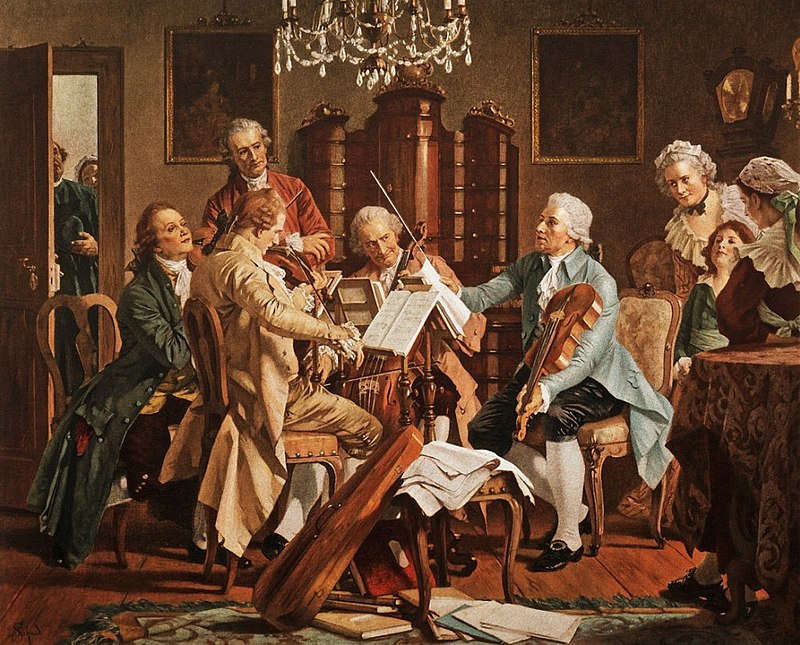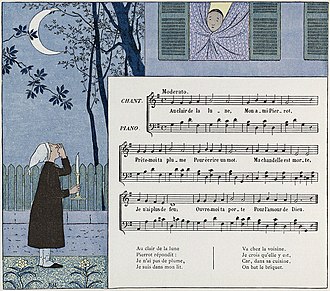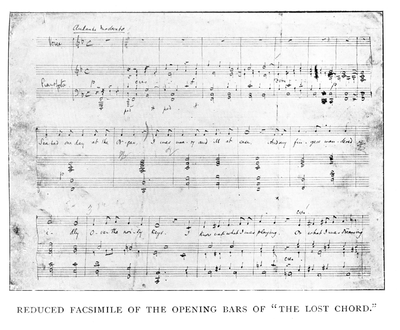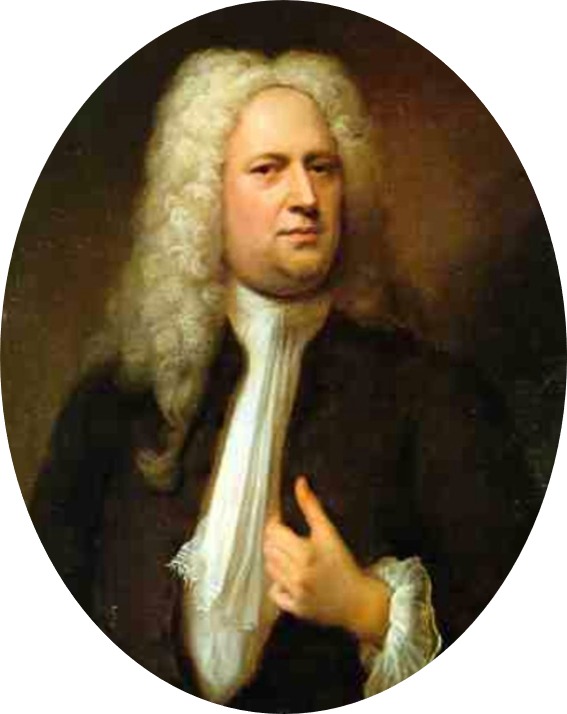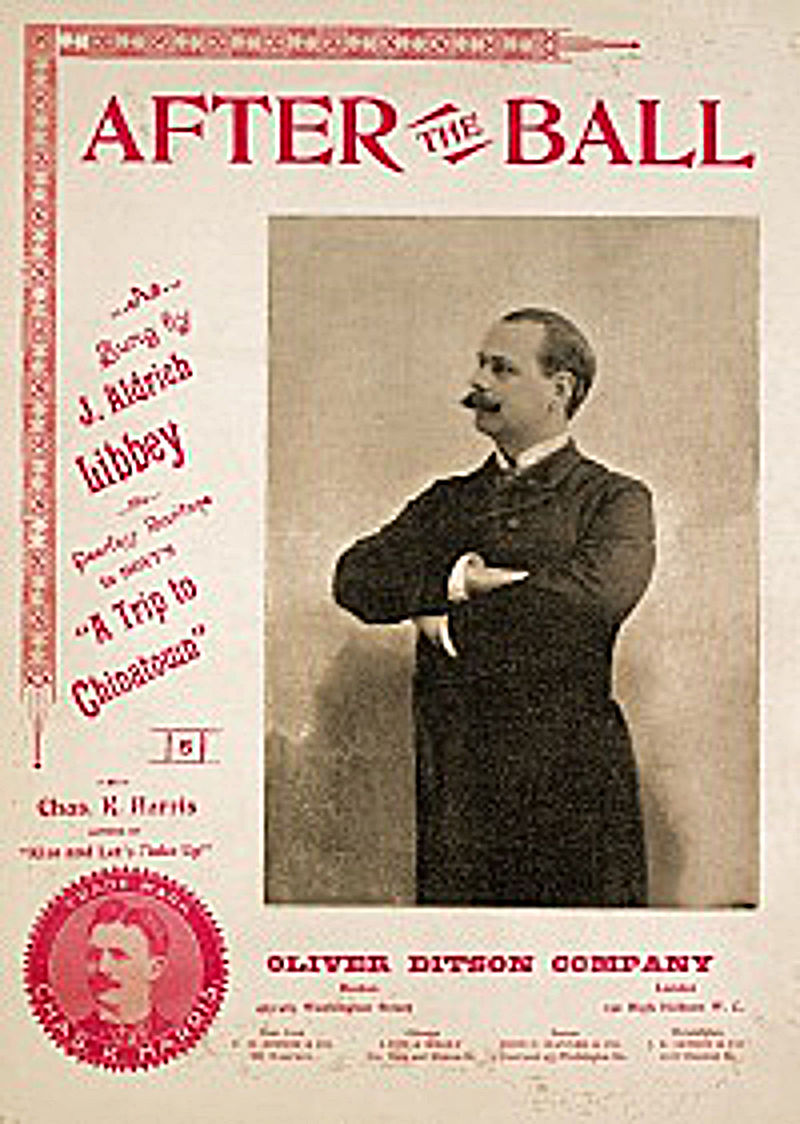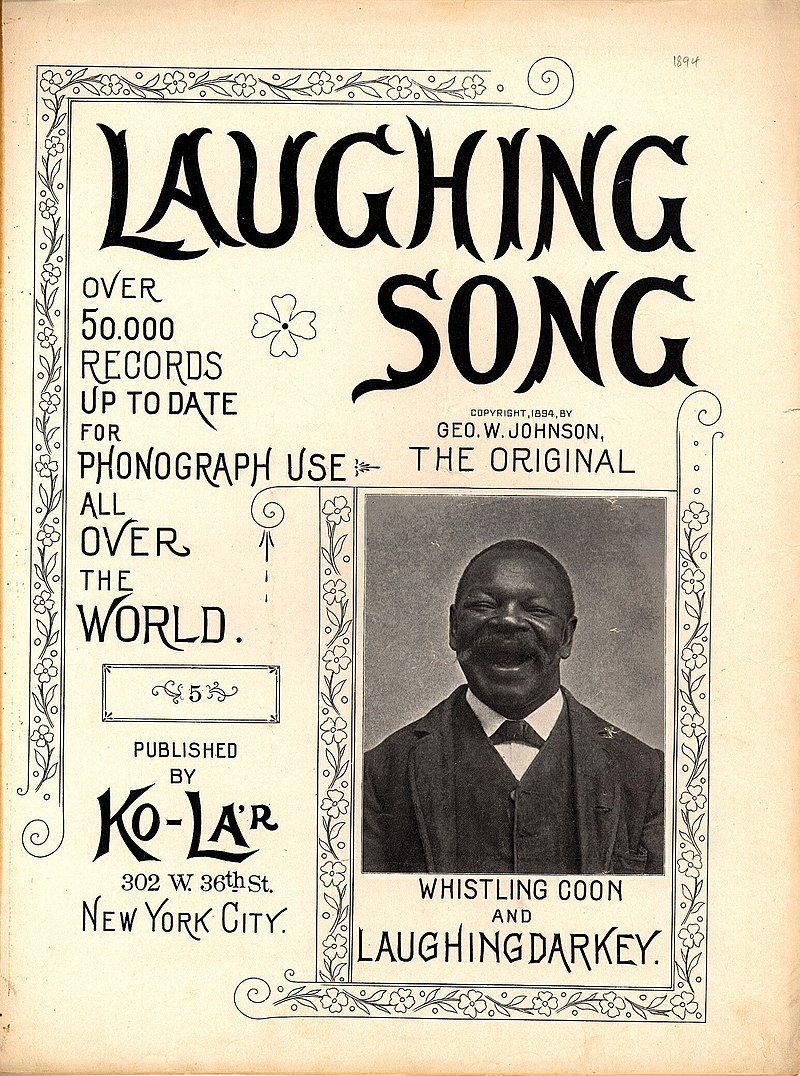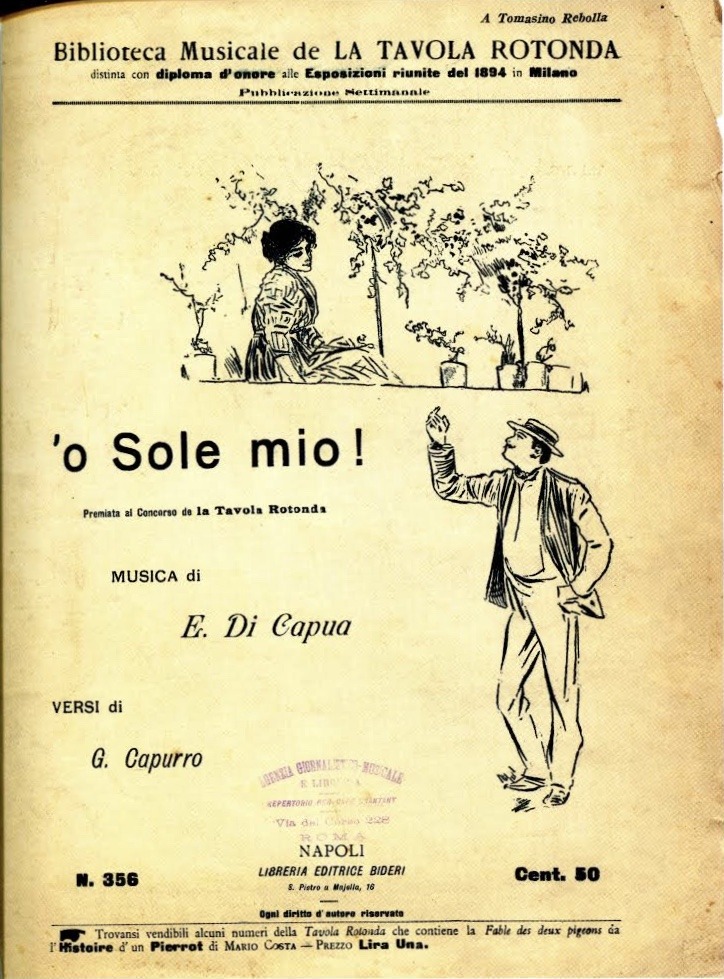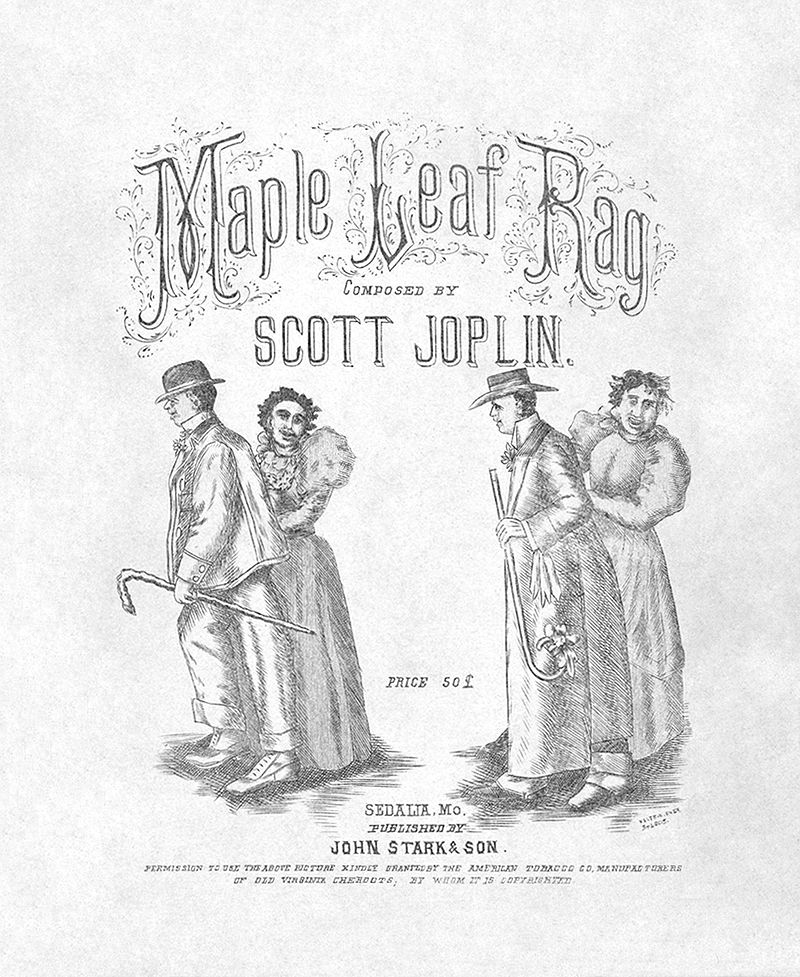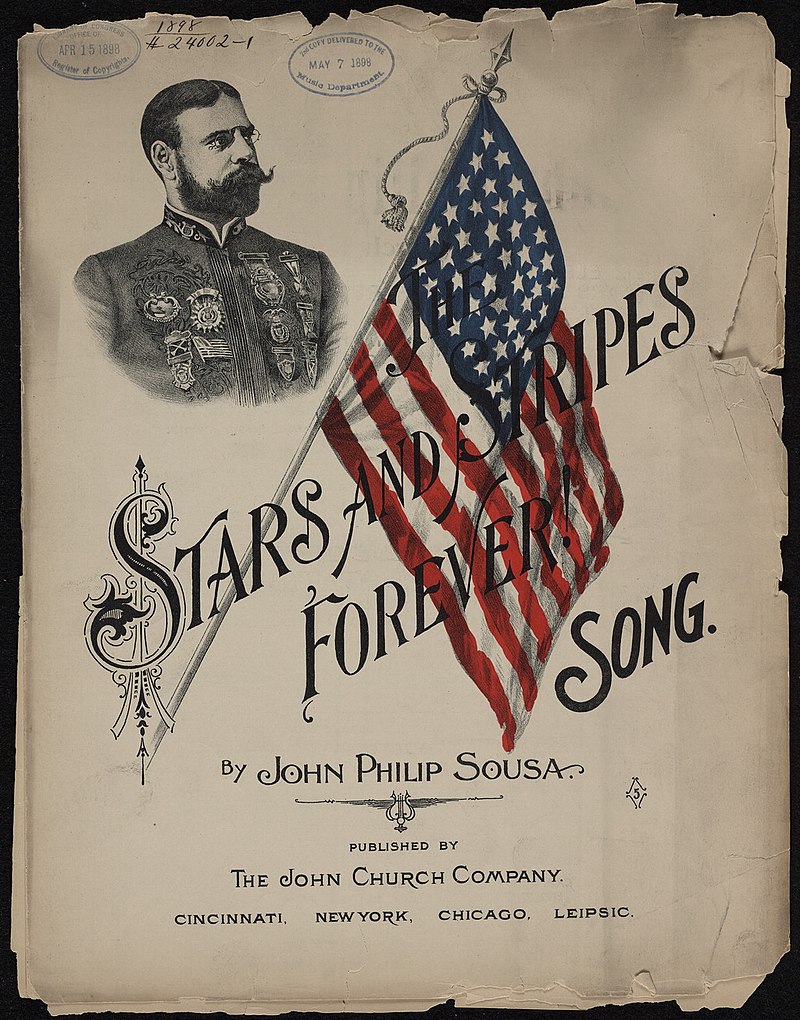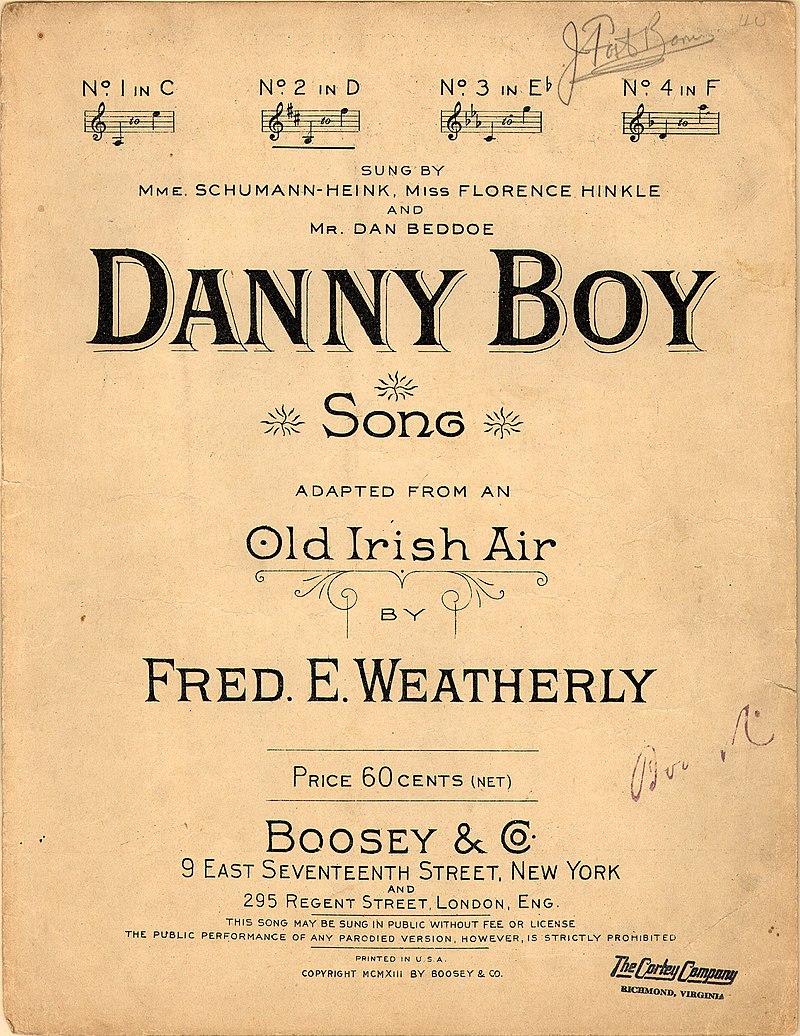The history of recorded music is a testament to human ingenuity and the enduring power of art to capture the essence of the human experience. It’s a story that spans the globe, reflecting diverse traditions and the universal language of music. Through this lens, we gain insight into the milestones that have shaped the auditory landscape of modern society, offering a deeper appreciation for the milestones that paved the way for today’s musical bounty.
From the first experimental captures of sound to the polished recordings of the early 20th century, the oldest recorded songs stand as monuments to human creativity and the relentless pursuit of innovation. In this post we will explore the oldest recorded songs and their historical contexts not only unveils the technical advancements in sound recording but also reflects the cultural, social, and emotional landscapes of their times.
Au Clair de la Lune (1860)
“Au Clair de la Lune,” recorded in 1860, holds a unique place in the annals of music history, not merely as a charming French folk song but as the earliest known recording of the human voice. Created by Édouard-Léon Scott de Martinville, the recording predates Thomas Edison’s phonograph by nearly two decades. Scott de Martinville’s invention, the phonautograph, was designed to visually represent sound waves on smoke-blackened paper or glass, rather than to playback sound.
It was only in 2008, through the efforts of researchers at the First Sounds collaboration, that this phonautogram was transformed back into audible sound, allowing us to hear a voice from 1860 singing a snippet of “Au Clair de la Lune” for the first time in over a century. This brief recording captures more than just a melody; it encapsulates a moment of human ingenuity and the desire to immortalize sound. Interestingly, the song itself, which dates back to the 18th century, is a simple, poignant melody that speaks of friendship and longing, themes as universal then as they are today.
The Lost Chord (1888)
The Lost Chord,” composed by Arthur Sullivan in 1877 during a period of personal grief and reflection, represents one of the most poignant moments in the early history of recorded music. Sullivan, best known for his operatic collaborations with W.S. Gilbert, was inspired to write this song after the death of his brother Fred. The lyrics, penned by Adelaide Anne Procter, speak of a divine chord heard only once by the composer during a moment of deep despair, symbolizing the fleeting beauty and transcendence of music that can momentarily connect the earthly with the divine.
In 1888, only a few years after its composition, “The Lost Chord” was recorded on a wax cylinder, marking one of the earliest instances where a piece of music specifically composed for the purpose was captured using the new and revolutionary technology of sound recording. This recording not only preserved Sullivan’s heartfelt composition but also served as a testament to the power of music to convey deep emotions and spiritual longing.
Israel in Egypt(1888)
“Israel in Egypt,” a monumental oratorio composed by George Frideric Handel in 1739, found its way into the annals of recording history through one of the earliest known attempts to capture a large-scale choral performance. The work, known for its vivid portrayal of the biblical story of the Exodus, is a tour de force of Baroque music, showcasing Handel’s mastery in depicting dramatic narratives through music. It was during the Handel festival of 1888 that an ambitious effort was made to record parts of this oratorio, utilizing the nascent technology of the time.
This recording endeavor was groundbreaking, highlighting both the challenges and the potential of capturing complex musical performances. The technology available in 1888, primarily wax cylinders and early gramophones, was limited in its ability to record the full dynamic range and depth of a large choral and orchestral work. Nevertheless, the recordings of “Israel in Egypt” from this period serve as a historical snapshot, offering a glimpse into the live performance practices of the 19th century.
After the Bal (1892)
“After the Ball” marks a significant milestone in the evolution of popular music recording history. Composed in 1892 by Charles K. Harris, this song is often heralded as the first major commercial hit in the American music industry, illustrating the potent combination of emerging recording technology and the widespread appeal of sentimental ballads during the Victorian era. Its narrative, filled with themes of love, betrayal, and reconciliation, resonated deeply with the audience of the time, catapulting it to unprecedented popularity.
The recording of “After the Ball” in the early 1890s captured the imagination of the public, selling millions of copies of sheet music and becoming one of the first pieces to demonstrate the commercial viability of recorded music. The song’s success was instrumental in illustrating the potential for music recordings to reach a broader audience beyond live performances, setting the stage for the burgeoning music industry to flourish.
The Laughing Song (1894)
“The Laughing Song” by George W. Johnson represents a pioneering moment in the history of recorded sound, spotlighting the unique intersection of technology, music, and societal attitudes at the turn of the 20th century. George W. Johnson, born into slavery in the mid-19th century, became one of the first African-American recording artists to gain widespread popularity. His “Laughing Song,” recorded in the early 1890s, showcased his remarkable talent for laughter and singing, making it a novelty hit that appealed to a broad audience.
Johnson’s recordings, including “The Laughing Song,” were among the first to demonstrate the commercial potential of recorded music, transcending racial barriers to a certain extent within the constraints of his era. However, his success story is also tinged with the complexities of racial attitudes and the exploitation of artists in the nascent recording industry. Despite these challenges, Johnson’s contribution to the music industry is undeniable. His recordingsee about pppos provide invaluable insights into the early soundscape of American popular culture, highlighting the evolving nature of music consumption and the diverse voices that shaped its development.
O Sole Mio (1898)
“O Sole Mio,” a globally celebrated Neapolitan song written in 1898 by Giovanni Capurro and composed by Eduardo di Capua, has transcended its local Italian roots to become an enduring symbol of Italian music and culture. Its evocative lyrics, which describe the warmth of the sun over the famous bay of Naples, combined with its captivating melody, have made it one of the most recognized Italian songs in the world. The song’s recording history is particularly notable, as it encompasses a period when the recording industry was burgeoning, and artists were exploring the potential of this new medium to reach a global audience.
The early recordings of “O Sole Mio,” particularly those by the legendary tenor Enrico Caruso in the early 20th century, played a pivotal role in the song’s international acclaim. Caruso’s rendition, with its powerful emotional delivery and technical mastery, showcased the song’s universal appeal and the ability of recorded music to convey the depth and beauty of human expression across cultural boundaries. These recordings not only immortalized Caruso’s voice but also demonstrated the potential of the phonograph as a means of preserving and disseminating musical heritage.
Maple Leaf Rag(1899)
“Maple Leaf Rag,” composed by Scott Joplin in 1899, stands as a monumental piece in the history of American music, emblematic of the ragtime genre’s surge in popularity during the late 19th and early 20th centuries. This composition not only showcased Joplin’s extraordinary talent and innovative musical vision but also played a critical role in establishing ragtime as a serious and influential musical form. Its syncopated rhythms and lively melody captured the essence of an era, influencing the future direction of American music, including jazz.
The recording and publication of “Maple Leaf Rag” were pivotal in its success and widespread dissemination. As one of the first pieces of music to sell over a million copies of sheet music, it marked a significant moment in the music publishing industry, highlighting the commercial potential of African-American musical forms. The popularity of this rag also underscored the phonograph’s role in democratizing music, making it accessible to a broader audience beyond live performances.
Vesti La Giubba(1902)
“Vesti La Giubba” from Ruggero Leoncavallo’s opera “Pagliacci,” performed by Enrico Caruso in 1902, is one of the most iconic recordings in the history of classical music. This recording is particularly significant as it captures the voice of one of opera’s greatest tenors at the dawn of the recording era, offering a window into the emotive power and technical skill that characterized Caruso’s performances. “Vesti La Giubba,” an aria that portrays the anguish of the clown Pagliaccio as he prepares to perform while his heart is breaking, became a vehicle for Caruso’s expressive intensity, bringing the emotional depth of operatic performance to the masses through the new medium of recorded sound.
Caruso’s recording of “Vesti La Giubba” was a commercial triumph, demonstrating the potential of the phonograph to bring opera from the elite confines of the theater into the homes of ordinary people. It was one of the first records to sell over a million copies, signifying a milestone in the music industry and establishing Caruso as an international star. This recording not only helped to popularize opera but also showcased the power of the human voice in the recorded format, influencing the direction of music recording and appreciation in the 20th century.
Stars and Stripes Forever(1897)
“Stars and Stripes Forever,” composed by John Philip Sousa in 1896, is perhaps the most iconic American march, embodying the spirit and patriotism of the United States. Its significance extends beyond its status as a national march; it represents a pivotal moment in the development of American musical identity, blending the traditional military march form with distinctly American motifs. The piece’s rousing melodies, dynamic rhythms, and memorable themes have made it a staple of patriotic celebrations, military ceremonies, and public entertainment.
The recording of “Stars and Stripes Forever” by Sousa’s Band, made in the late 1890s, played a crucial role in popularizing the piece nationwide. At a time when recorded music was still a novelty, this recording allowed people across the country to experience Sousa’s masterpiece, regardless of their ability to attend live performances.
Danny Boy(1913)
“Danny Boy,” a ballad set to the ancient Irish melody “Londonderry Air,” has become one of the most beloved songs worldwide, transcending its origins to enter the global canon of folk music. The song’s lyrics, penned by English songwriter Frederic Weatherly in 1910 and later set to the melody in 1913, evoke themes of longing, loss, and hope. Its emotional depth and melodic beauty have made it a favorite across generations, often performed at both joyful celebrations and solemn occasions.
The recording of “Danny Boy” by renowned contralto Ernestine Schumann-Heink in 1913 is among the earliest and most celebrated. Her rendition captured the song’s poignant essence, showcasing the emotional resonance of the human voice when paired with a powerful melody and heartfelt lyrics. This recording played a significant role in popularizing “Danny Boy” beyond the shores of Ireland and the UK, introducing the song to audiences worldwide.
Conclusion
These pioneering works not only chart the progress of sound recording technology but also serve as aural time capsules, preserving the essence of moments long past. They remind us of music’s timeless nature and its ability to transcend barriers, connecting us across generations and geographies. The journey through these historical recordings underscores the human desire to capture, share, and immortalize our auditory experiences. It highlights the continuous interplay between innovation and tradition, urging us to appreciate the roots of our musical heritage while looking forward to the future possibilities of sound.
